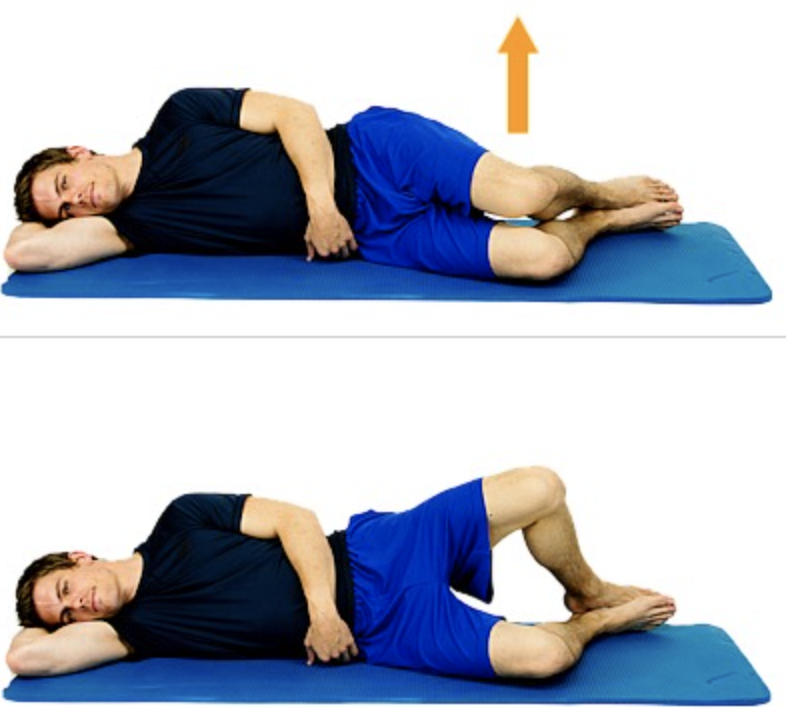As I sit in my office this morning trying to figure out what to write my next blog post, my 82 year old colleague walked into my office and said “Do you know what I should do for my sciatica?”
I get this question a lot and the first thing I ask before giving any recommendations is, '“What have you already tried?” His response was a figure 4 stretch with a twist and he stands up and bends at the hips with his torso straight to stretch his hamstrings. Hmmm, I thought. That’s probably the last thing I would have offered as a suggestion. However, if you have sciatic pain, you know that a figure four stretch often relieves the discomfort…temporarily. That’s because it’s not fixing the issue, it’s merely masking the symptoms.
So let’s start with defining sciatica: pain, numbness, tingling down the leg due to pressure on the sciatic nerve. More than 80% of cases of sciatica will improve on its own with rest and ice. Very often, sciatica is the result of a disc herniation, spinal stenosis, or a degenerative disc disease which then causes the pressure on the sciatic nerve. Oftentimes there is a muscular imbalance, particularly for those who spend a lot of time sitting or driving.
Now let’s talk about why long periods in hip flexion can exacerbate or even cause this type of pain. Those who spend an excessive amount of time seated are constantly in hip flexion. This hip flexion shortens the hip flexors which also shuts off the glute muscles. A vast majority of adults in our society, particularly in the United States, are suffering from weak glutes. Shortened hip flexors (specifically the psoas) and weakened glutes will cause postural deviations and as a result an anterior pelvic tilt. This anterior pelvic tilt puts additional stress on the lower back as the psoas is connected to the lumbar spine.
So what do you do?
The first thing is to understand that this is most likely temporary. Inflammation can certainly exacerbate the pain so it’s often a good idea to rest and ice to decrease the inflammation. Next, remember the stretches can improve range of motion but range of motion is ineffective if you aren’t strengthening the weakened muscles that are either causing or worsening the problem. Since the glutes are generally weak in those who do a lot of sitting, the first line of defense is to strengthen those glutes. The glutes are comprised of 3 muscle groups: gluteus maximus, medius, and minimus. Gluteus maximus is responsible for hip extension and external rotation of the hip. Gluteus medius is responsible for hip abduction. The gluteus minimus is responsible for hip stabilization and hip abduction.
Gluteus Maximus Exercise: Bridge
The best exercise for glute max is the bridge pose. Begin in a supine position with knees bent and feet hip width apart. Contracting the abs first to stabilize the spine and pelvis, press into your heels and lift your hips off the ground. Contract the glutes but squeezing your cheeks together for 6 seconds, release and repeat 5 more times.
Gluteus Medius Exercise: Clamshell
To strengthen the glute medius, lie on your side with knees bent at a 90 degree angle on top of one another. Keep the feet together, contract the core and lift the knee as high as you can without rotating your torso, repeat 6-8 times on both sides. Perform 3 to 4 sets on each side.
Gluteus Minimus Exercise: Fire hydrants
Perform this exercise on your hands and knees. Contract the abs and lift the right leg out to the side while contracting the right glute, hold for a few seconds and release back down. Perform 6-8 reps on each side and repeat 3-4 times. As you increase your strength, add an exercise band to add a challenge.





